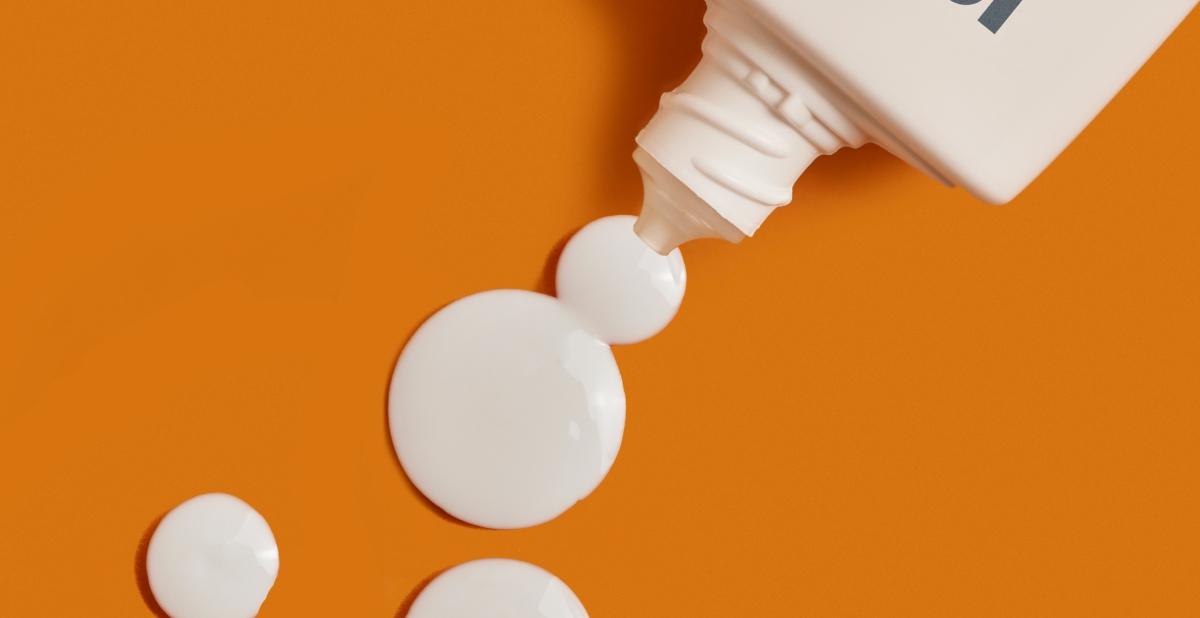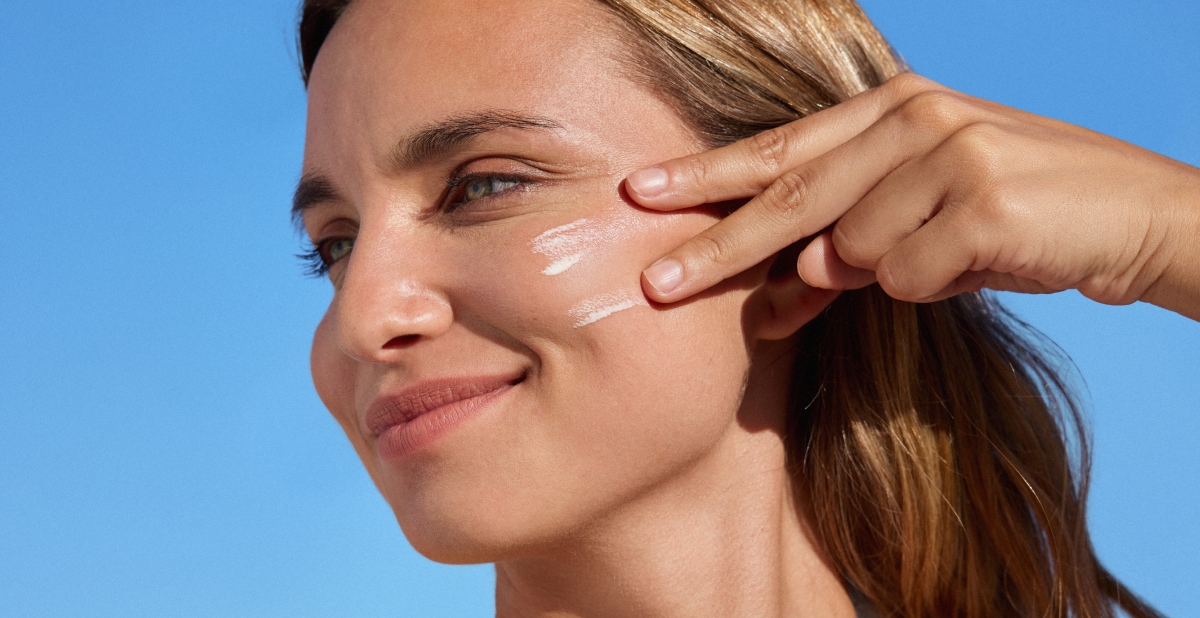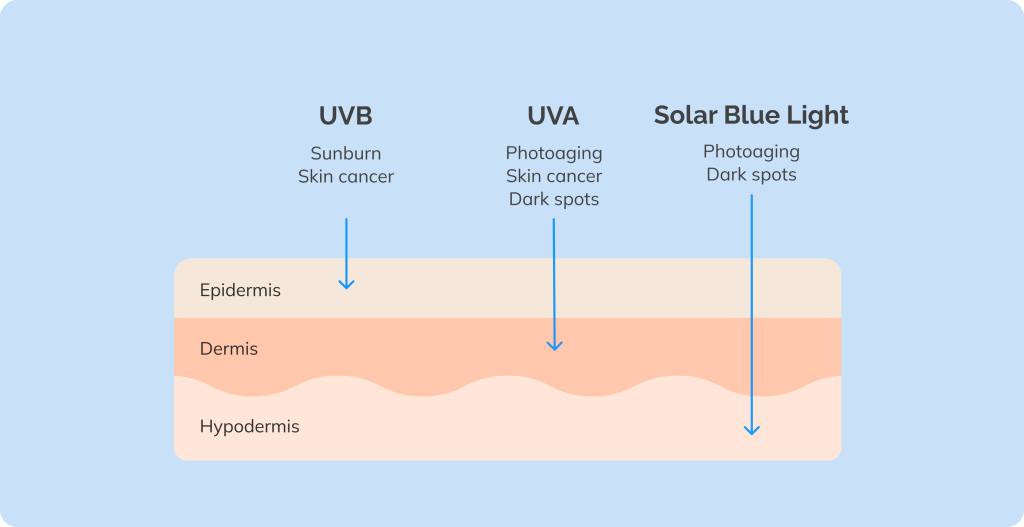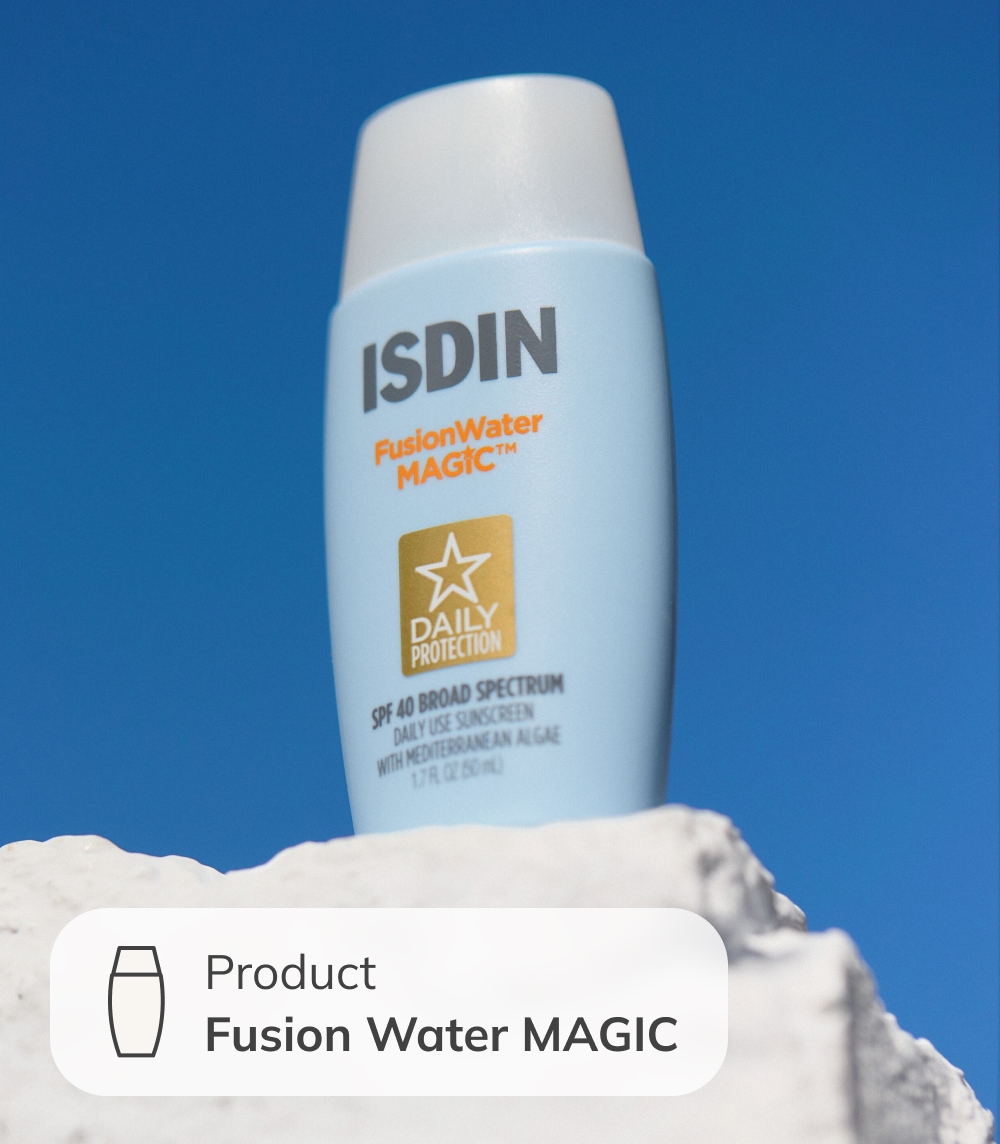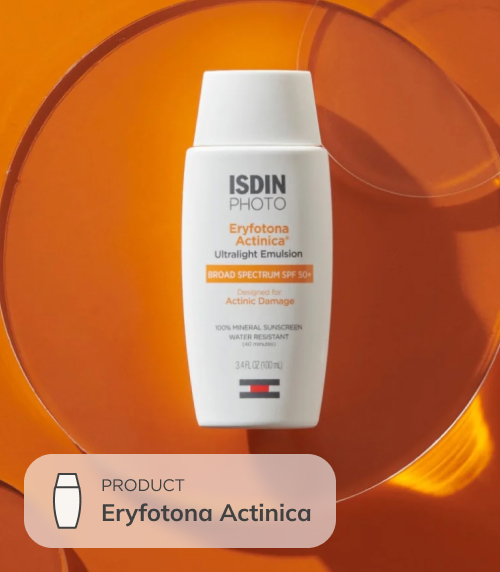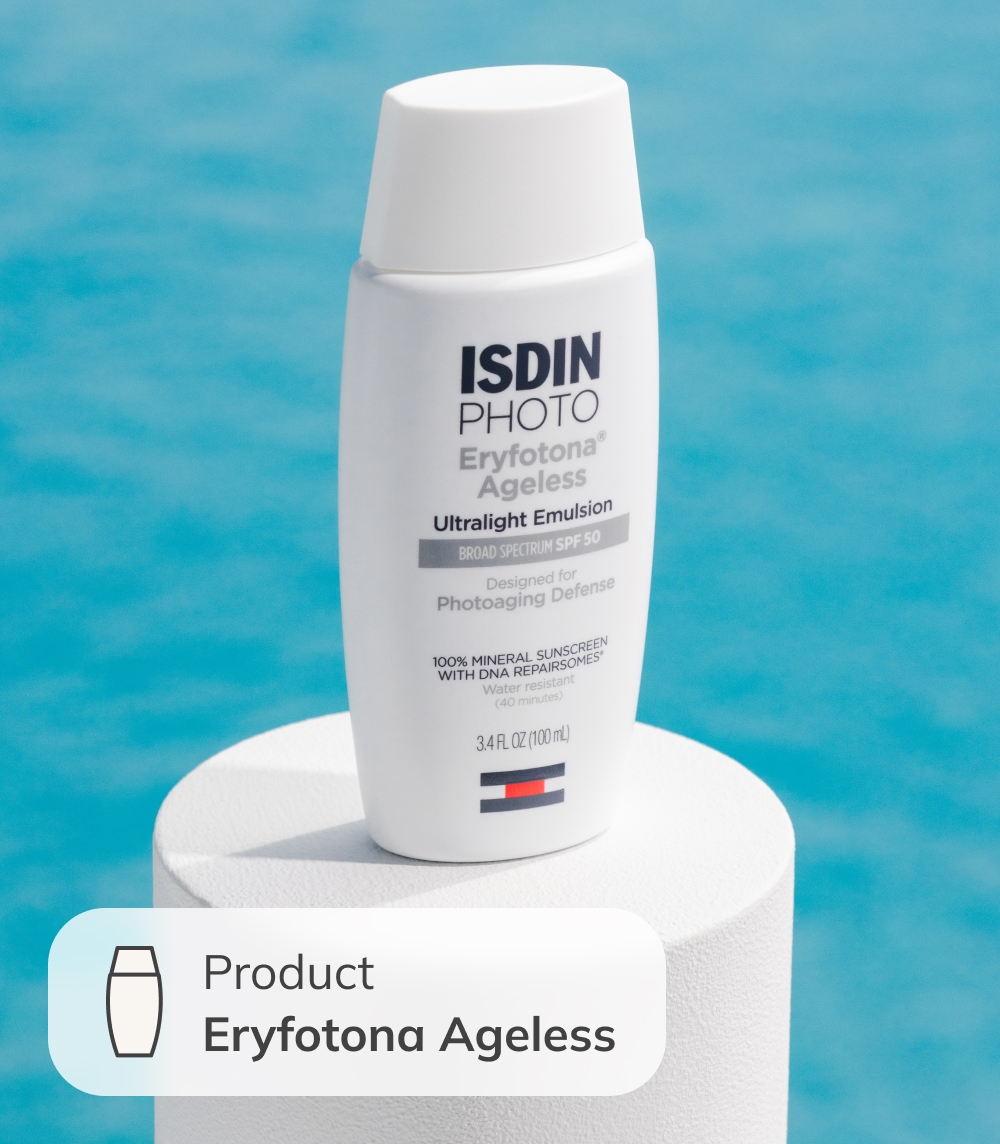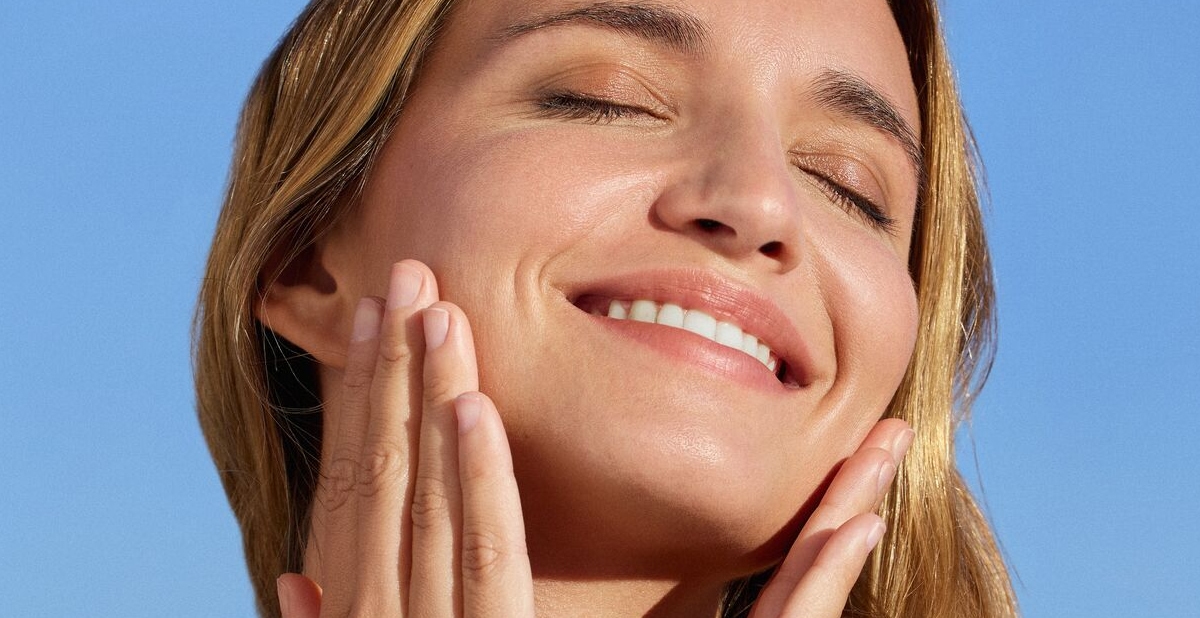Understanding Hormonal Acne and Its Challenges
Hormonal acne is a persistent and frustrating condition that affects both teenagers and adults alike. This type of acne is deeply connected to the body’s hormonal fluctuations and can often seem resistant to traditional treatments. Understanding the characteristics and challenges of understanding if you are experiencing hormonal acne is the first step in developing an effective skincare routine tailored to manage and mitigate its impact. This involves recognizing specific signs, such as breakouts that coincide with hormonal changes or are primarily located around the jawline and chin, which can be crucial clues in answering the question, “how do I know if my acne is hormonal?”
Characteristics of Hormonal Acne
Hormonal acne is typically characterized by its timing and location. It often appears in cyclical patterns, aligning with hormonal changes. The menstrual cycle, pregnancy or menopause are often what causes acne in adults. Here are some key characteristics of hormonal acne:
- Location: Hormonal acne often manifests around the jawline, chin and lower cheeks. These areas are particularly sensitive to hormonal changes and tend to produce more oil, leading to clogged pores and breakouts.
- Type of Blemishes: Hormonal acne usually consists of deep, cystic breakouts that are often painful and inflamed. These cysts are large, red and may not come to a head, making them difficult to treat with typical over-the-counter acne products.
- Timing: The breakouts often coincide with hormonal fluctuations. For women, this can be during the menstrual cycle, pregnancy or menopause. Stress and certain medications, like birth control, can also influence hormone levels and trigger breakouts.
- Severity: Unlike teenage acne, which may clear up as hormones stabilize, hormonal acne can persist into adulthood. This persistence can be emotionally draining and can impact self-confidence.
- Resistance to Treatment: Hormonal acne can be particularly stubborn, often not responding well to conventional acne treatments that might work for other types of acne. This is because the root cause is hormonal imbalance, which needs to be addressed alongside topical treatments.
Understanding these characteristics can help in identifying hormonal acne and finding the most effective acne treatment strategies to manage it.
Daily Skincare Routine for Hormonal Acne
Creating a consistent skincare routine is crucial for managing hormonal acne. A well-structured routine of skin care and a tailored diet for hormonal acne help control excess oil production, unclog pores, and reduce inflammation, leading to clearer and healthier skin. Here’s a comprehensive daily skincare routine designed to combat hormonal acne effectively.
Morning Routine
Gentle Cleanser
Start your day with Kate Somerville’s EradiKate 3% Sulfur Daily Cleanser. This gentle yet effective cleanser removes excess oil and impurities without stripping your skin of its natural moisture. The sulfur content helps exfoliate and unclog pores, reducing the risk of acne breakouts.
Toner and Treatment Products
After cleansing, apply a toner that targets acne-causing bacteria and balances your skin’s pH. Follow up with treatment products like benzoyl peroxide or serums such as the Vita C Firming and Brightening Retinol Treatment. This serum combines the anti-aging benefits of retinol with the brightening power of vitamin C, helping smooth texture and brighten dark spots.
Moisturizer and Sunscreen
Hydration is key, even for acne-prone skin. The Oil Free Moisturizer works great in tandem with serums or treatments because it does not have active ingredients that could conflict with other products. Finish with the Illuminating SPF Drops to protect your skin from harmful UV rays, which can exacerbate acne and lead to dark spots.
Evening Routine
Makeup Removal
Never skip makeup removal. Use a gentle, oil-free makeup remover to cleanse your skin thoroughly, ensuring all makeup, dirt and pollutants are washed away. This step is crucial to prevent pore-clogging and irritation.
Cleanser and Exfoliation
Follow with the Goat Milk Cleanser to remove any residual impurities while soothing and hydrating your skin. Incorporate exfoliation a few times a week to slough off dead skin cells and keep your pores clear. Choose exfoliants containing lactic acid or salicylic acid for their acne-fighting properties.
Night Treatments
At night, your skin repairs itself, so it’s the perfect time to apply targeted treatments. Retinoids or treatments containing niacinamide can help reduce acne and prevent future breakouts. These ingredients work to speed up cell turnover, reduce inflammation and clear up any existing spots.
Best Skincare Products for Hormonal Acne
Finding the right products can make a significant difference in managing hormonal acne. It’s essential to know which ingredients to look for and which to avoid to keep your skin clear and healthy.
Ingredients to Look For
- Salicylic Acid: This beta-hydroxy acid penetrates deeply into the pores, helping to exfoliate from within and clear out dead skin cells and excess oil. It’s excellent for preventing acne breakouts and managing oily skin.
- Benzoyl Peroxide: Known for its antibacterial properties, benzoyl peroxide reduces the amount of acne-causing bacteria on the skin and helps to prevent clogged pores. It’s particularly effective for inflammatory acne.
- Retinoids: Retinoids are vitamin A derivatives that promote cell turnover and prevent the formation of new acne lesions. They also help reduce inflammation and improve skin texture and tone.
- Hyaluronic Acid: While acne-prone skin still needs hydration, hyaluronic acid provides moisture without clogging pores. It helps maintain the skin’s barrier and keeps it plump and hydrated.
- Sulfur: Sulfur has natural antibacterial and anti-inflammatory properties. It helps to reduce excess oil and unclog pores, making it an excellent ingredient for treating hormonal acne. Kate Somerville’s EradiKate 3% Sulfur Daily Foaming Cleanser is a great option.
Ingredients to Avoid
- Heavy Oils: Ingredients like mineral oil and coconut oil can clog pores and exacerbate acne. Stick to oil-free or non-comedogenic products to avoid breakouts.
- Fragrances: Synthetic fragrances can irritate sensitive skin and trigger acne. Opt for fragrance-free products to minimize the risk of irritation.
- Alcohol and Sulfates: These ingredients can strip the skin of its natural oils, causing dryness and leading to an overproduction of oil. This can result in more breakouts. Choose gentle, sulfate-free cleansers like the Goat Milk Cleanser for a soothing and hydrating cleanse.
Importance of Consistency
Consistency is vital in a hormonal acne skincare routine, especially for those with acne prone skin. Regular use of the right products ensures that your skin remains balanced, preventing the hormonal fluctuations from causing severe breakouts. Stick to your routine, be patient and remember that clear skin takes time and dedication.
Transform Your Skin with Kate Somerville
At Kate Somerville, we understand the emotional and physical toll that hormonal acne can take. Our acne treatment products are designed to support your skin’s health, offering solutions that are both effective and gentle. By following this comprehensive skincare routine and using our trusted products, you can achieve the beautiful, clear skin you’ve always wanted. Let us help you transform your skin and regain your confidence.
Sources:
Source link




